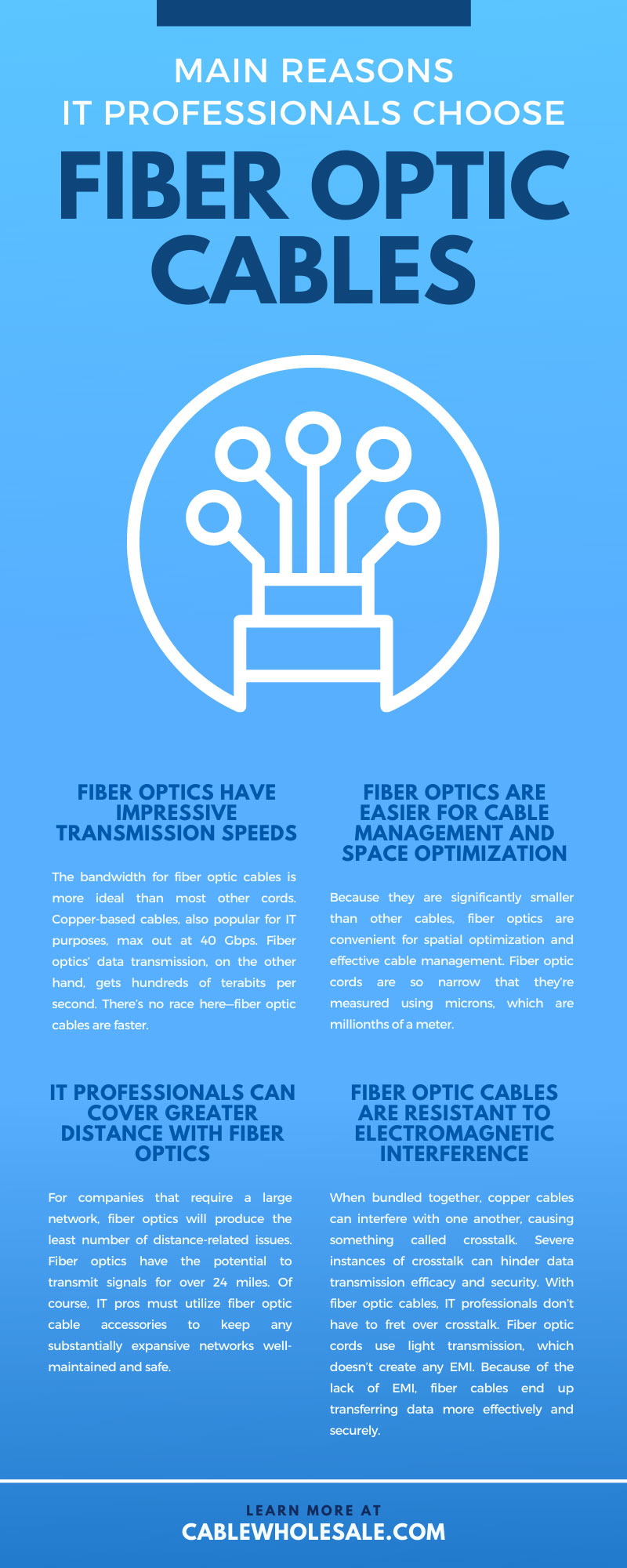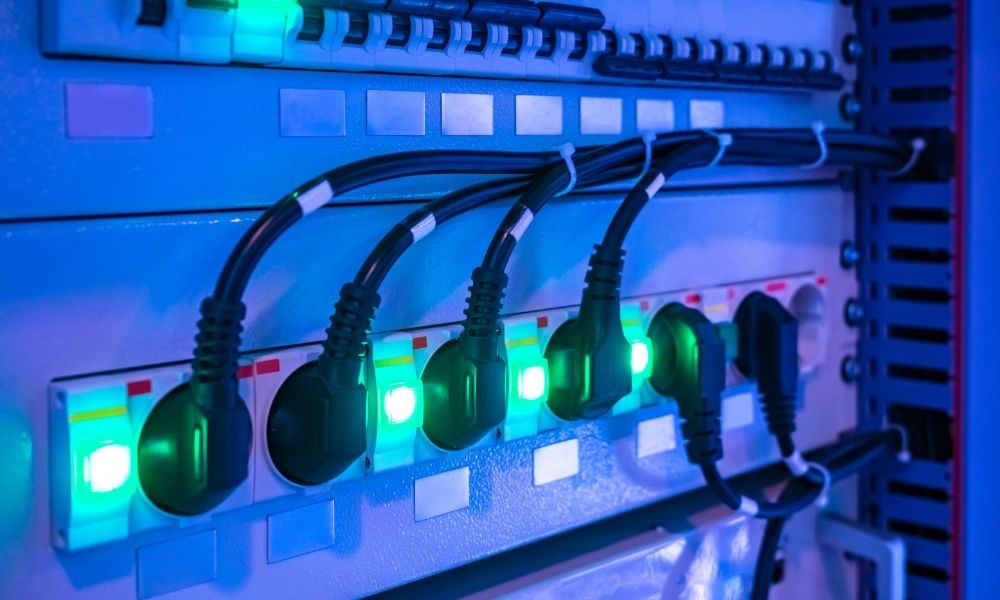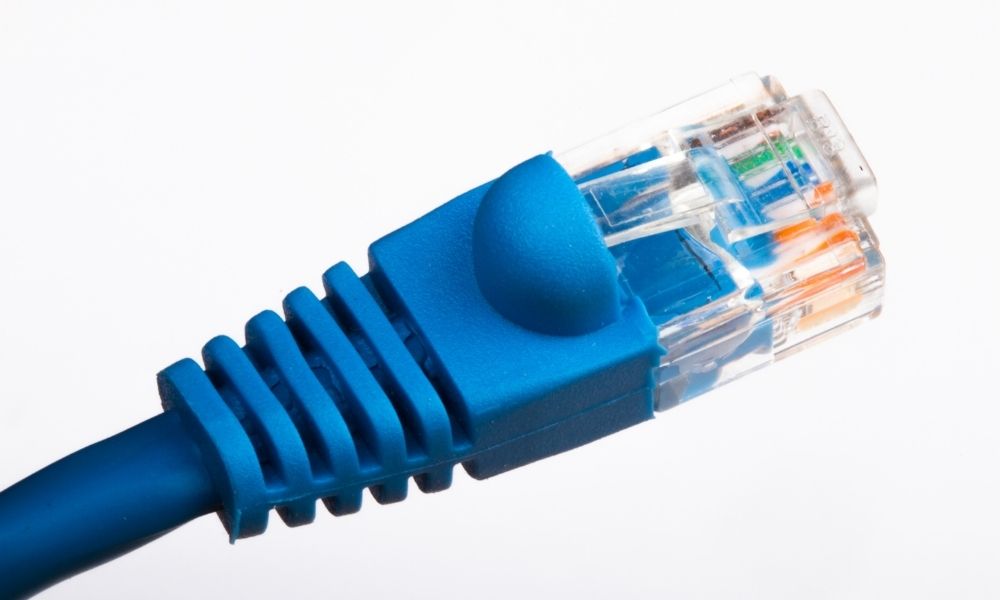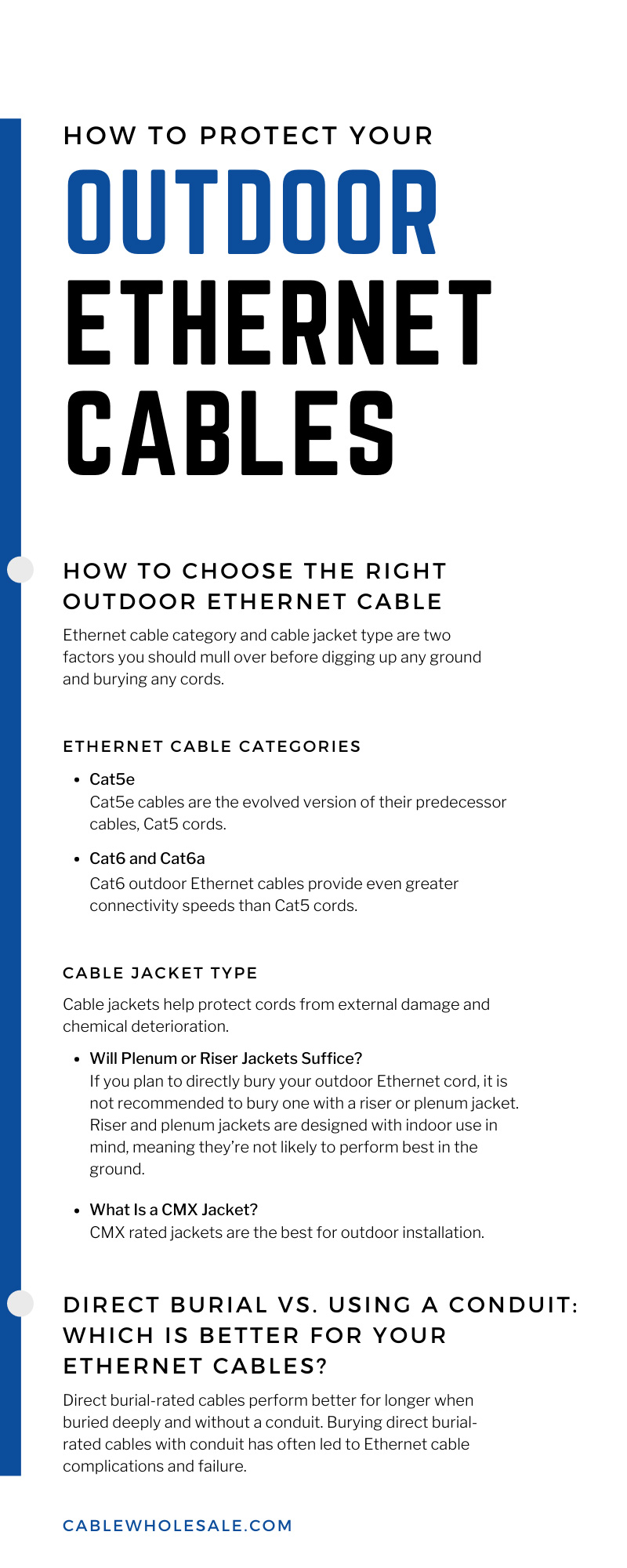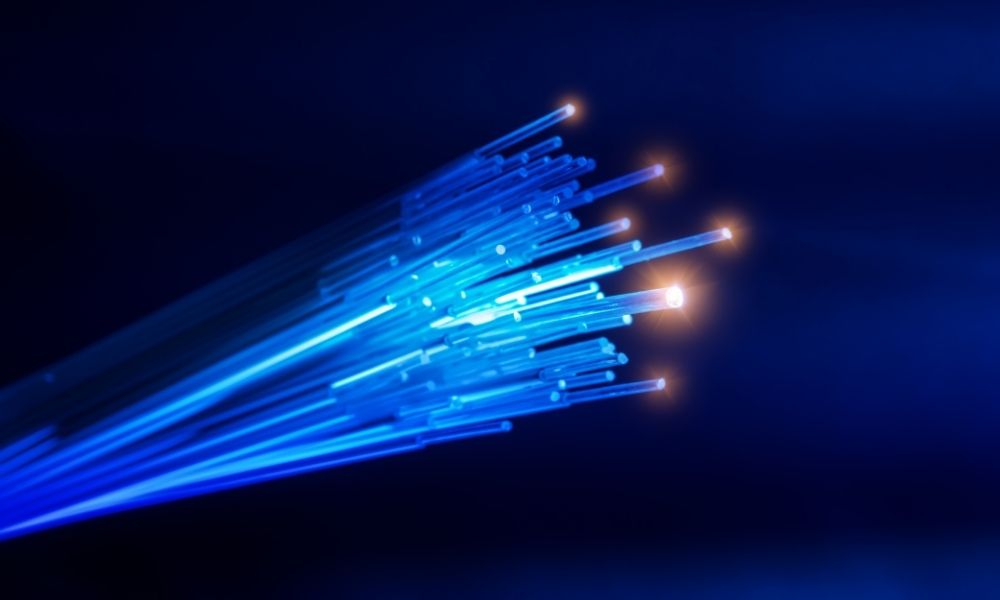
Businesses invest in network systems with the intent of them performing well and lasting long. With so many cable options out there, it is difficult for companies to determine which cords will serve their operational needs best. To help you in the pursuit of an efficient cabling system, CableWholesale explores the main reasons IT professionals choose fiber optic cables for networks.
The Biggest Reasons IT Professionals Choose Fiber Optic Cables
So, what draws IT professionals toward fiber optic cables? We review the most common rationale for fiber optic popularity over another common type of wire in the IT field: copper cables.
Fiber Optics Have Impressive Transmission Speeds
Fiber optic cables’ transmission speed measures in gigabits of data per second (Gbps), while some measure in terabits of data per second (Tbps).
The bandwidth for fiber optic cables is more ideal than most other cords. Copper-based cables, also popular for IT purposes, max out at 40 Gbps. Fiber optics’ data transmission, on the other hand, gets hundreds of terabits per second. There’s no race here—fiber optic cables are faster.
Fiber Optic Cables Are Resistant to Electromagnetic Interference
A huge issue that IT professionals run into when setting up networks with copper cables is electromagnetic interference (EMI). Copper cables produce a field of interference around themselves due to the electrical signaling.
When bundled together, copper cables can interfere with one another, causing something called crosstalk. Severe instances of crosstalk can hinder data transmission efficacy and security.
With fiber optic cables, IT professionals don’t have to fret over crosstalk. Fiber optic cords use light transmission, which doesn’t create any EMI. Because of the lack of EMI, fiber cables end up transferring data more effectively and securely.
IT Professionals Can Cover Greater Distance With Fiber Optics
Nearly all cables experience attenuation, where the signal weakens as the cable distance increases. However, fiber optic cables provide considerable coverage before showing signs of attenuation.
For companies that require a large network, fiber optics will produce the least number of distance-related issues. Fiber optics have the potential to transmit signals for over 24 miles. Of course, IT pros must utilize fiber optic cable accessories to keep any substantially expansive networks well-maintained and safe. By comparison, governing standards restrict copper cables to distances of roughly 330 feet.
Fiber Optics Are Easier for Cable Management and Space Optimization
Because they are significantly smaller than other cables, fiber optics are convenient for spatial optimization and effective cable management. Fiber optic cords are so narrow that they’re measured using microns, which are millionths of a meter.
Small but mighty: fiber optics support the transmission of large data quantities over great distances at intense speeds. They require protective sheathing that jacks up their diameter to about two millimeters, still slimmer than their copper counterparts.
Because fiber optics are so thin, IT professionals and building management find ease in cabling installation and organization. Accessing network components and troubleshooting when any cabling issues arise is simpler to navigate when wires aren’t overcrowding one another.
Fashion, Function, and Safety: Not only do fiber optic cords look tidier than bundles of copper cables and function more efficiently, but they also receive more airflow, making them safer. More spaces between cables mean better air circulation, essential to electrical fire prevention and equipment longevity.
Fiber Optic Cables Can Cater to Future Networks
Every year, it seems like there are several releases of new technological advances, accessories, and devices, another one of the main reasons IT professionals choose fiber optic cables. When companies upgrade their network setups to have fiber optic cables, they’re setting themselves up for future success.
A fiber optic cable infrastructure will continue to support your company’s needs, even as bandwidth requirements evolve. Because fiber optics’ specifics are so advance, your network will operate fine as data transmission needs grow. A fiber optic network will support your business operations for many, many years to come, making it a cost-effective investment.
Different Types of Fiber Optic Cables for IT Professionals To Choose From
IT professionals categorize fiber optic cables into two main categories: single-mode and multi-mode. Read on to discover the differences between the two main types of fiber optic cables.
Single-mode
While most applications utilize two fibers, single-mode fiber optic cables use a single strand of glass fiber with only one transmission mode. This type of fiber optic cable is narrow, commonly measuring eight to ten microns in diameter.
For applications that send data at a multi-frequency and only utilize one cable, IT pros regularly use single-mode fiber optics. While single-mode fiber optics are known to have a considerably faster transmission rate and are better for longer distances than multi-mode, they’re often pricier.
Multi-Mode
Multi-mode fiber optics are larger than single-mode, measuring with diameters ranging from 50 to 100 microns. Applications that require two fibers enlist the help of multi-mode fiber optics.
Multi-mode fiber optic cables can provide impressive speeds and bandwidth for medium lengths. When IT pros attempt to use multi-mode cables for longer distances, they often experience signal distortion at the receiving end. Signal distortion results in incomplete and unclear messages that are unreliable for company operational purposes.
Some Drawbacks of Working With Fiber Optics To Consider
With all the advantages of fiber optics, it’s still worth our time to peruse their downsides. Understanding their drawbacks can help you decide whether they’re suitable for your company’s needs and budget.
They’re Fragile
We’ve mentioned how advantageous fiber optics’ minuscule size is, but we can’t overlook the disadvantages of their small size. Fiber optics are more dainty than electrical wires and more susceptible to breaking. Because fiber cables are expensive, installation must go as smoothly as possible.
They’re Challenging To Install
Due to their fragility, fiber optics are especially tricky to install. Businesses should hire professionals to install them or enlist the help of their IT department.
They’re Costly
With all their advantages, it’s no surprise that fiber optic cables run at a higher cost than other cables. Though the cost of fiber optics has gone down recently because of an increase in both demand and supply, they’re still more expensive than the alternatives.
